

— Blogs —
—Products—
 Consumer hotline +8618073152920
Consumer hotline +8618073152920 WhatsApp:+8615367865107
Address:Room 102, District D, Houhu Industrial Park, Yuelu District, Changsha City, Hunan Province, China
Product knowledge
Time:2025-10-15 15:10:49 Popularity:456
For commercial pools, spa centers, and high-end private pools, water level management is both an experience issue and an equipment safety concern.
Low water levels may cause pumps to run dry and burn out; high water levels can lead to overflow waste and increased load on filtration systems. Water level changes are typically caused by evaporation, splashing losses, or hidden leaks. Therefore, precise and automated water level monitoring systems have become core components of modern pool management. Level sensors play the role of "smart eyes," sensing, controlling, and maintaining the optimal water level range in real-time.
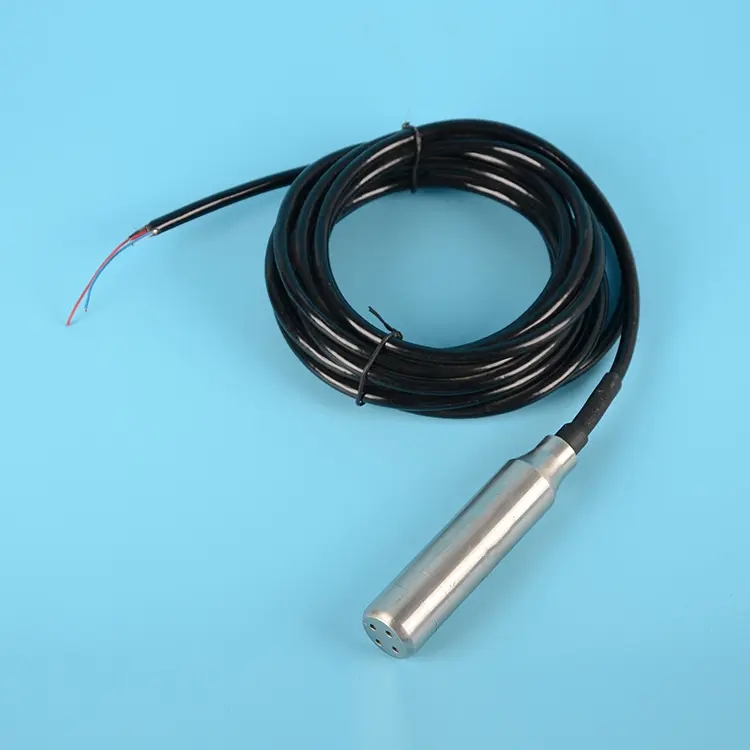
Although the pool environment is relatively mild, sensors need to have chlorine corrosion resistance, high reliability, and ease of installation.
The following three technologies are the mainstream solutions in the market:
1. Float Switches
Features: Simple structure, lowest cost, only outputs high/low level switch signals.
Typical Applications: Collection trough (Skimmer) or pump room low water level protection to prevent pump dry running.
Pros and Cons: Stable and reliable but low control precision, not suitable for automated refill control.
2. Capacitive Level Sensors
Features: Measures level through changes in dielectric constant, can output continuous analog or switch signals.
Typical Applications: Balance tanks, small collection wells, equipment compartments, and other places requiring continuous level monitoring.
Pros and Cons: Higher accuracy, but susceptible to water quality, conductivity, and bubbles; requires regular calibration.
3. Ultrasonic Level Sensors
Features: Non-contact measurement, high accuracy, unaffected by chlorine gas, pH, or water quality.
Typical Applications: Main pool surface level monitoring, automatic refill systems, overflow pool monitoring.
Pros and Cons: Slightly higher cost, but nearly maintenance-free, the top choice for automated pool systems.
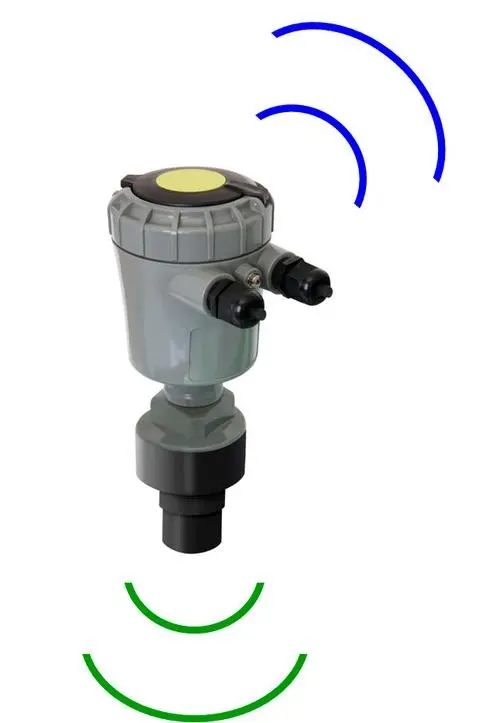
In pool systems, the installation position of the sensor is often more critical than the technology choice. Incorrect installation positions can lead to signal fluctuations, false alarms, or uncontrolled refilling.
✅ Best Installation Point: Balance Tank (Surge Tank)
Commercial pools typically use overflow designs, where the pool water level is regulated by the balance tank.
Installing the sensor in the balance tank can accurately reflect the system water level status while avoiding fluctuations and splashing interference on the pool surface.
Secondary Installation Point: Collection Trough (Skimmer) or Return Pipe
If there is no balance tank, install a low-level switch in the collection trough or return pipe for pump dry-run protection.
Suitable for small to medium-sized private pools or integrated pool systems.
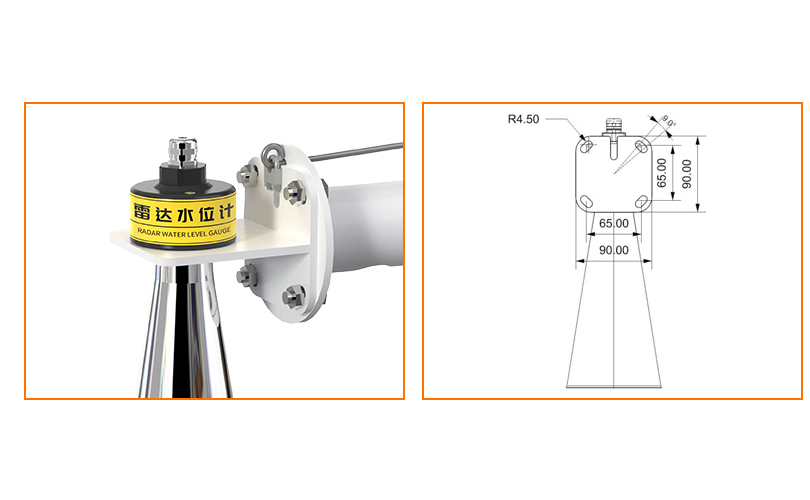
Do not install at return pipe outlets, refill pipe outlets, or areas with swimmer activity.
For ultrasonic sensors, use stilling pipes or anti-wave cylinders to eliminate splashing, water waves, and wind interference.
Automated Refill System: Closed-Loop Control from Detection to Execution
A complete pool automated refill system (Auto Refill System) consists of three parts:
Sensor: Monitors water level changes and outputs continuous or switch signals.
Controller: Automatically controls the solenoid valve opening and closing based on set logic.
Actuator: Typically a solenoid valve or smart water valve, responsible for the actual refilling action.
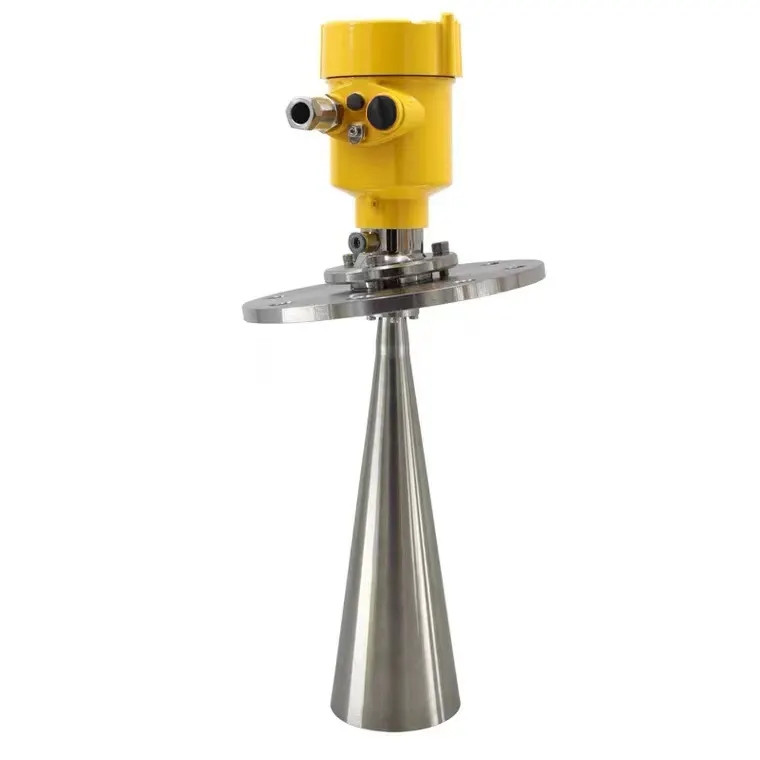
When the water level drops to the low threshold (below the set value by 1 cm) → The controller opens the solenoid valve.
When the water level rises back to the high threshold → Automatically closes the valve.
The system should be equipped with an independent float high-level protection; when the water level rises abnormally, it forcibly cuts off the refill power to avoid overflow accidents.
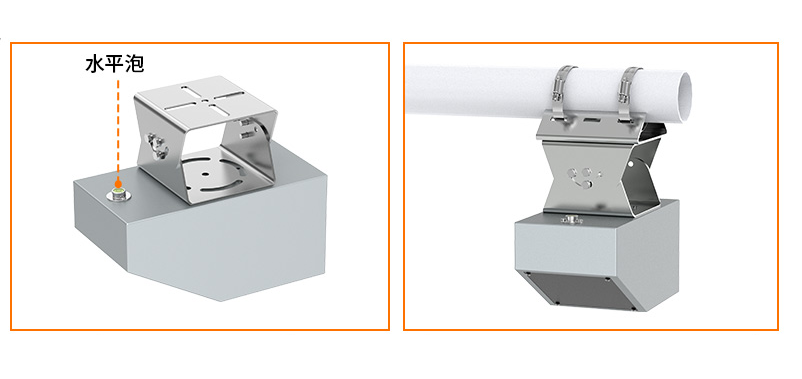
A chain spa club has 50 pools distributed across different locations, requiring unified management of water levels, automatic refilling, and prevention of equipment dry running.
Each balance tank is installed with an ultrasonic level sensor + IoT data acquisition terminal.
Data is uploaded to the cloud platform in real-time, enabling water level monitoring and refill scheduling.
The system automatically identifies which pool has low water levels and pushes refill tasks and required water volume to maintenance personnel.
One person can remotely manage 50 pools.
Failure rate reduced to 0, with 90% savings in manual inspection labor.
The system analyzes water level trends and successfully detects hidden leak points.
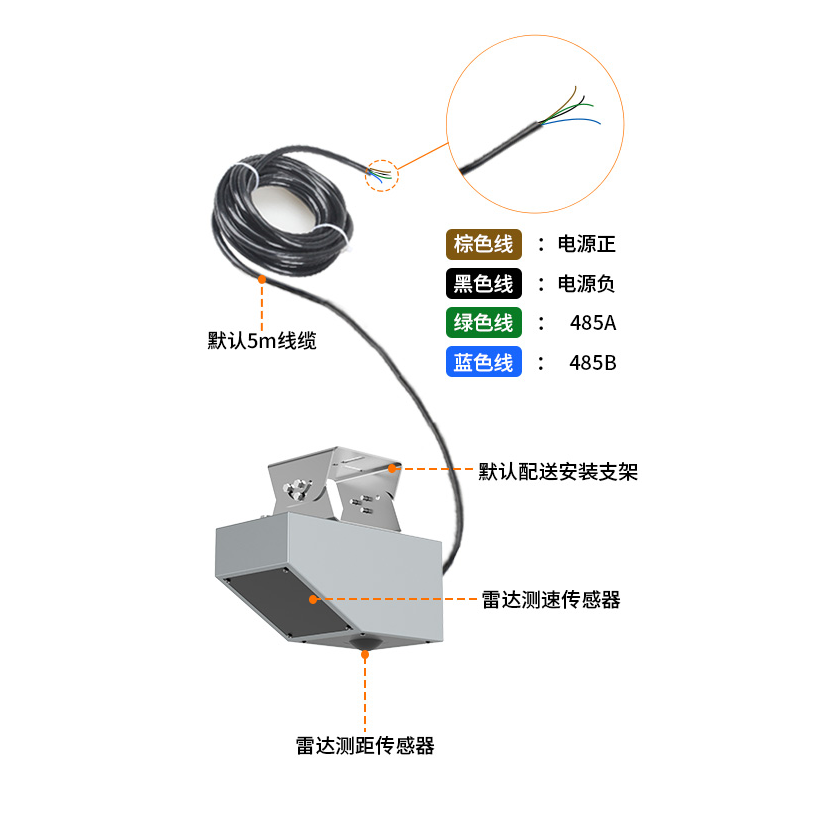
NiuBoL specializes in level sensor solutions designed for pool environments,
with the following core advantages:
✅ High Chlorine Corrosion Resistance Materials: PTFE, PVDF, 316L stainless steel housings.
✅ IP68 Protection Rating: Long-term immersion without environmental impact.
✅ Plug-and-Play Design: Compatible with various pool control systems.
✅ IoT Remote Platform Support: Real-time monitoring, alarms, and refill management.
Make pool management smarter and worry-free. Contact us immediately to build your 24/7 automated pool refill system.
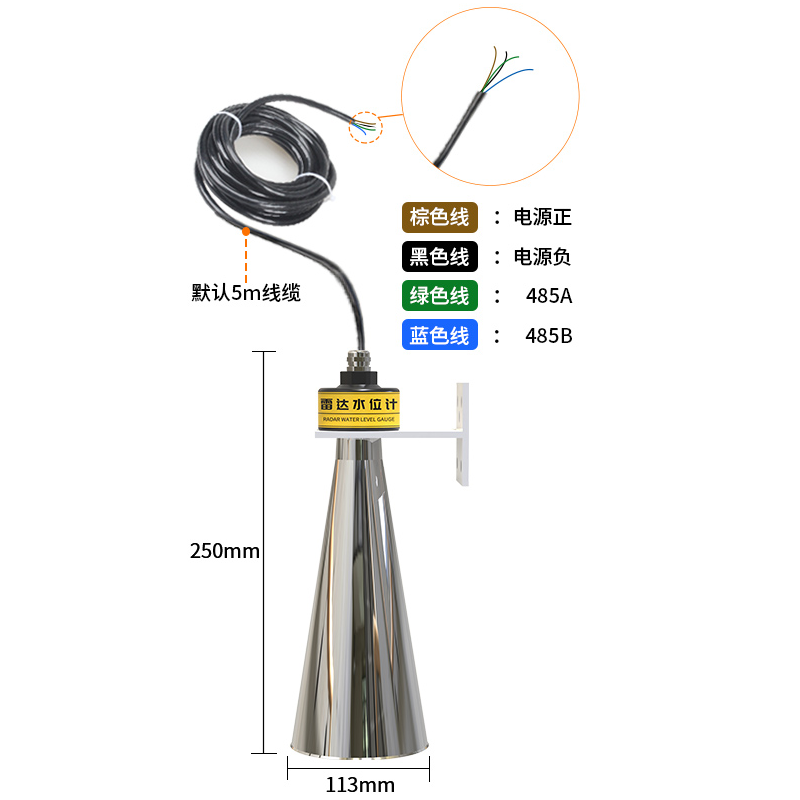
A: Float switches can only provide switch signals, with low control precision and action lag.
In contrast, ultrasonic or capacitive sensors provide continuous signals, enabling PID precise control with the controller, keeping water level fluctuations within ±1 mm.
A: NiuBoL sensor housings use PTFE / PVDF / 316L stainless steel, capable of long-term resistance to chlorine vapor and humid heat corrosion.
A: The IoT platform analyzes the nighttime water level drop rate through algorithms, subtracting the effects of temperature, humidity, and rainfall to determine if the drop is abnormal. If the drop rate exceeds the historical evaporation curve, it automatically triggers a "leak alert."
Precise level control is the foundation of intelligent pool systems. It not only concerns operating costs but also experience and brand image. NiuBoL integrates sensing, control, and remote monitoring to truly bring pool management into the intelligent era. Contact us and let NiuBoL become your pool smart butler.
Prev:Pros and Cons Analysis of Ultrasonic Water Level Sensors
Next:Building a Smart Water Level Monitoring System: Real-Time Remote Data and Alarms
Related recommendations
Sensors & Weather Stations Catalog
Agriculture Sensors and Weather Stations Catalog-NiuBoL.pdf
Weather Stations Catalog-NiuBoL.pdf
Related products
 Combined air temperature and relative humidity sensor
Combined air temperature and relative humidity sensor Soil Moisture Temperature sensor for irrigation
Soil Moisture Temperature sensor for irrigation Soil pH sensor RS485 soil Testing instrument soil ph meter for agriculture
Soil pH sensor RS485 soil Testing instrument soil ph meter for agriculture Wind Speed sensor Output Modbus/RS485/Analog/0-5V/4-20mA
Wind Speed sensor Output Modbus/RS485/Analog/0-5V/4-20mA Tipping bucket rain gauge for weather monitoring auto rainfall sensor RS485/Outdoor/stainless steel
Tipping bucket rain gauge for weather monitoring auto rainfall sensor RS485/Outdoor/stainless steel Pyranometer Solar Radiation Sensor 4-20mA/RS485
Pyranometer Solar Radiation Sensor 4-20mA/RS485
Screenshot, WhatsApp to identify the QR code
WhatsApp number:+8615367865107
(Click on WhatsApp to copy and add friends)
